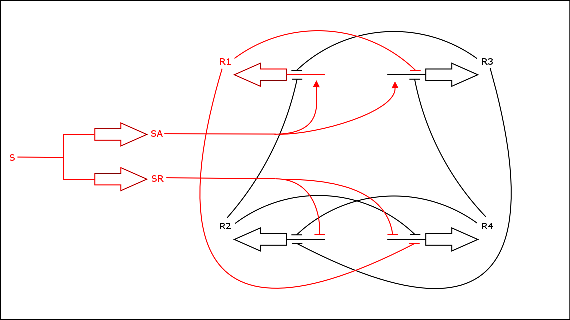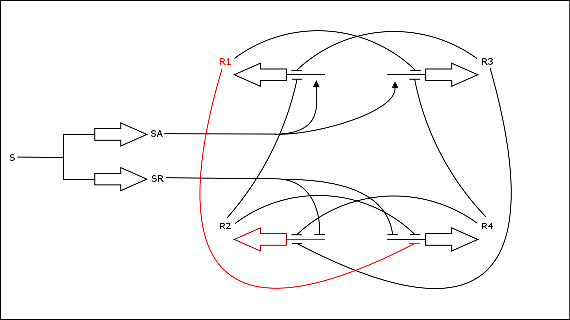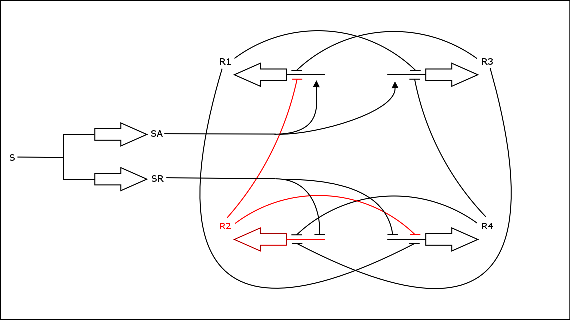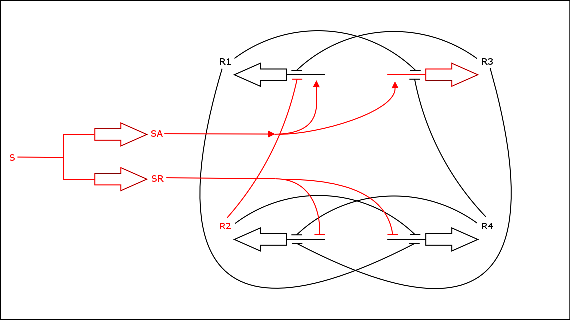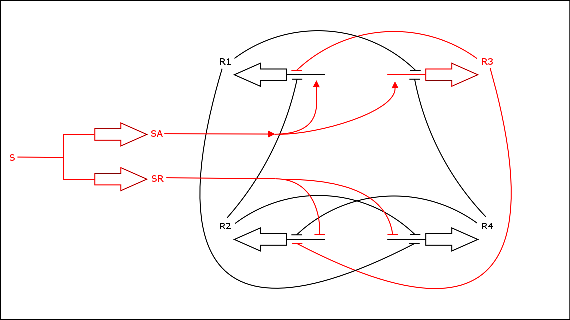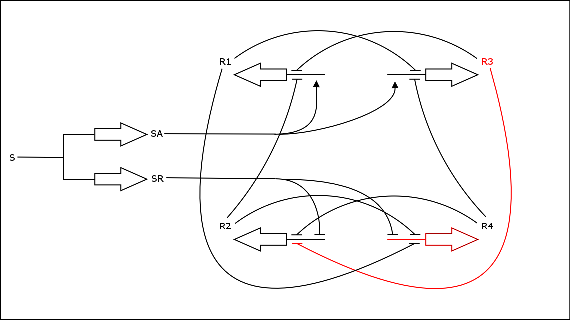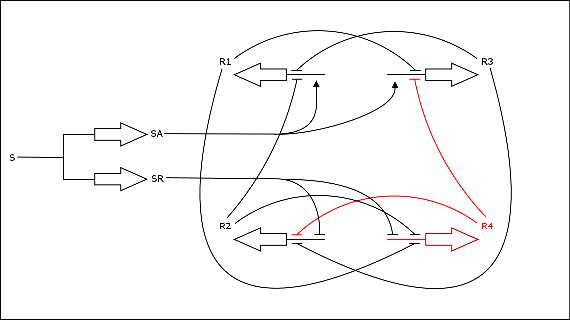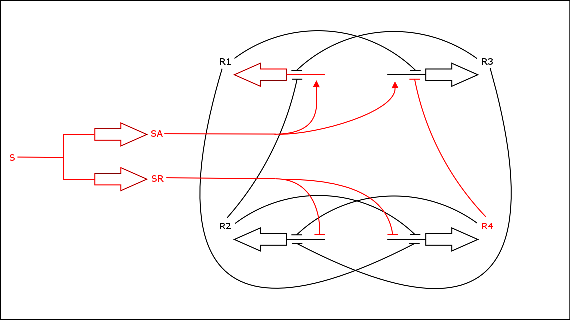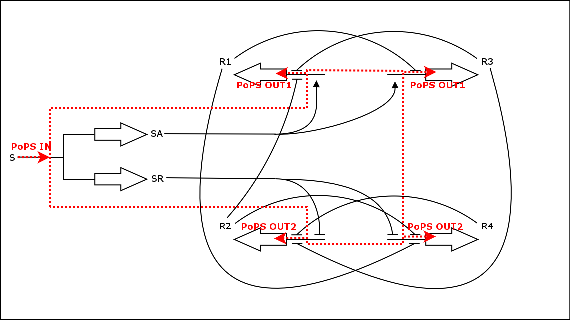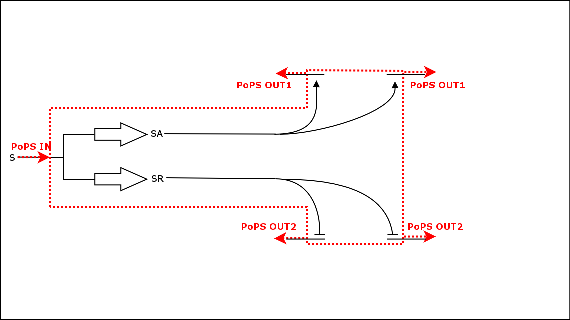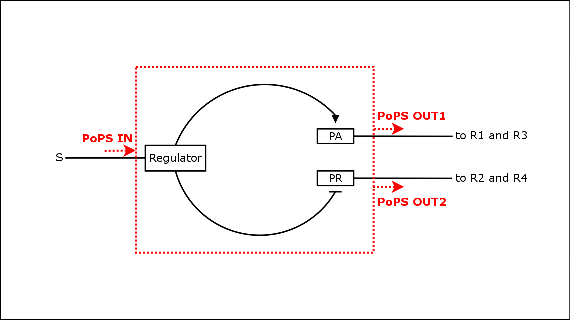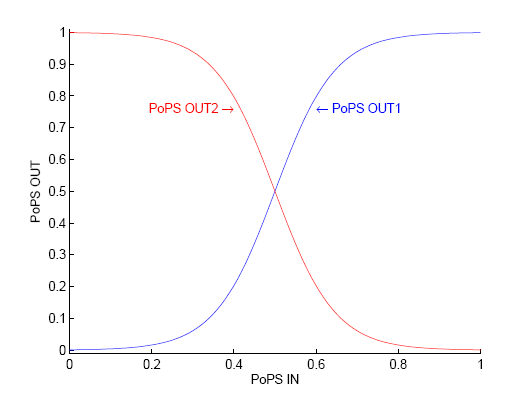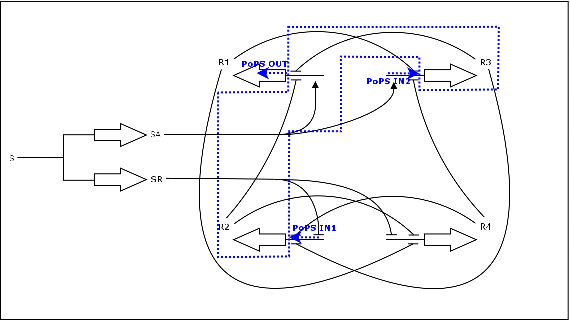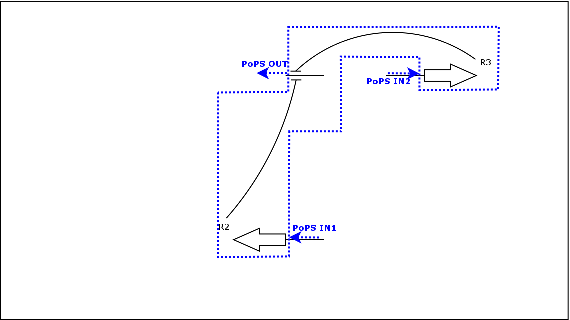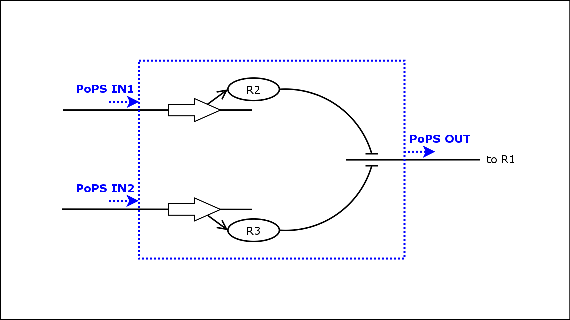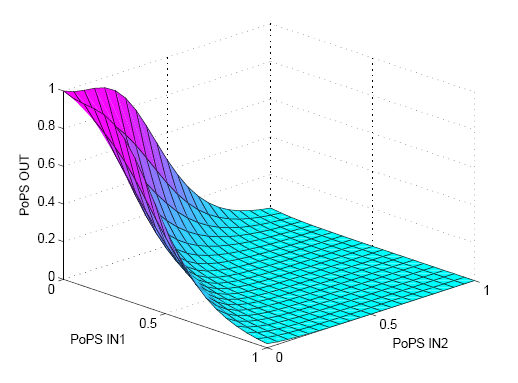Introduction
From 2006.igem.org
Introduction
Biosensor is an analytical device that couples microorganisms with a transducer to enable rapid, accurate and sensitive detection of target analytes in fields as diverse as environmental monitoring, medicine, defense, food processing and safety (Yu Lei, et al 2006).
Biosensor designed by Latin America team is based in the photon (UV) - phenton (FE) reaction in different conditions of Ferric Iron, UV, and oxygen. Redox potentials, concentration, ratio of metal ions, and ferromagnetism can be good inductors of gene expression and/or microbial growth. Thus, they can determine biosensorbility (Cuero, 2005). Cationic porphyrins such as iron bind to the DNA through an oxidation-reduction mechanism . Electric current and/or UV light can activate acceptors for microbial growth, depending on the concentration of the metal ions (Cuero 2003, Cuero et al 2005). The level of electric current (A) used induces formation of oxidants (electron acceptors). Thus stimulating the bacterial growth through enhancement of genes expression, but depending of the ratio of the metals and/or different state of valence (Cuero et. al 2005)
High iron concentrations are associated to some extreme environments found on earth where only few microorganisms can survive. By creating a biological system able to grow up under this extreme conditions and additionally under UV presence that resemble conditions similar to Mars, help us to understand better the origin of life on earth and what life really is as a physical-chemical and biological system (Cuero 2003)
Contents |
The step-by-step procedure
Here you can find a detailed description of the state transitions that occur in the counter. The counter has four states, R1 to R4.
- start state
S is active, R1 is active
- transition to state R2
S is deactivated, R1 is still present (but fading) and represses R4. R2 gets produced
- state R2
S is inactive, R2 is active
- transition to state R3
S is activated, R2 is still present (but fading) and represses R1. R3 gets produced
- state R3
S is active, R3 is active
- transition to state R4
S is deactivated, R3 is still present (but fading) and represses R2. R4 gets produced
- state R4
S is inactive, R4 is active
- transition to state R1 (start state)
S is activated, R4 is still present (but fading) and represses R3. R1 gets produced
- ...and we return to the start state
S is active, R1 is active
breakdown into modules
The counter can be partitiond into two (fairly) independent devices:
- Input Module
- NOR Module
Both are designed as PoPS input - PoPS output devices (as specified in the MIT nomenclature)
Input Module
In this device, we want to capsule the path from S to the R's:
If we leave away the parts that don't belong to the Input Module, we are left with
As an abstract model the Input device looks as follows:
One of the outputs (PoPS OUT1) should be high and the other (PoPS OUT2) low when the PoPS IN is high and vice versa when PoPS IN is low.
NOR Module
In this device, we want to capsule the regulatory pathways between the R's. We just pick one R as output to show the principle. If we have this device available, we can just copy it to get the regulatory pathways for the other R's.
If we leave away the parts that don't belong to the NOR Module, we are left with
As an abstract model the NOR device looks as follows:
PoPS IN1 and PoPS IN2 are connected in a NOR-like fashion to obtain PoPS OUT. If both inputs are high, the output will be repressed slightly more effective.
